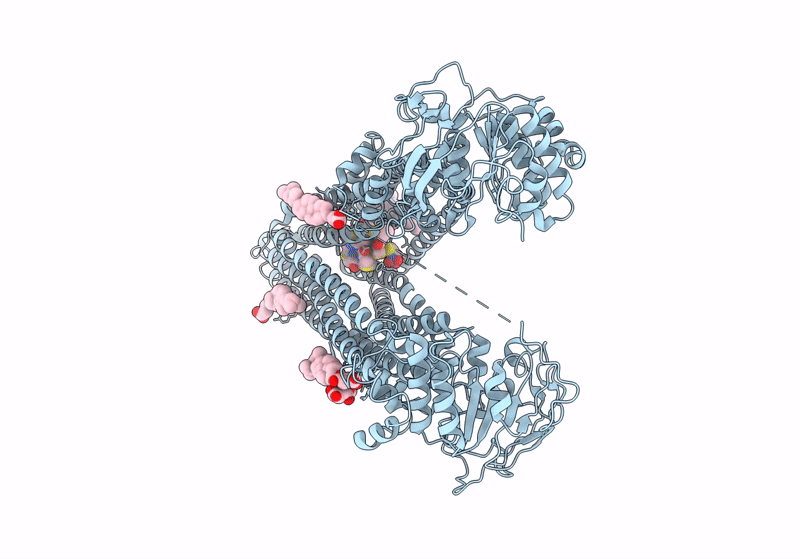
Deposition Date
2023-06-13
Release Date
2024-03-20
Last Version Date
2024-11-13
Entry Detail
PDB ID:
8PEE
Keywords:
Title:
ABCB1 L335C mutant (mABCB1) in the inward facing state bound to AAC
Biological Source:
Source Organism:
Mus musculus (Taxon ID: 10090)
Host Organism:
Method Details:
Experimental Method:
Resolution:
3.80 Å
Aggregation State:
PARTICLE
Reconstruction Method:
SINGLE PARTICLE


